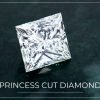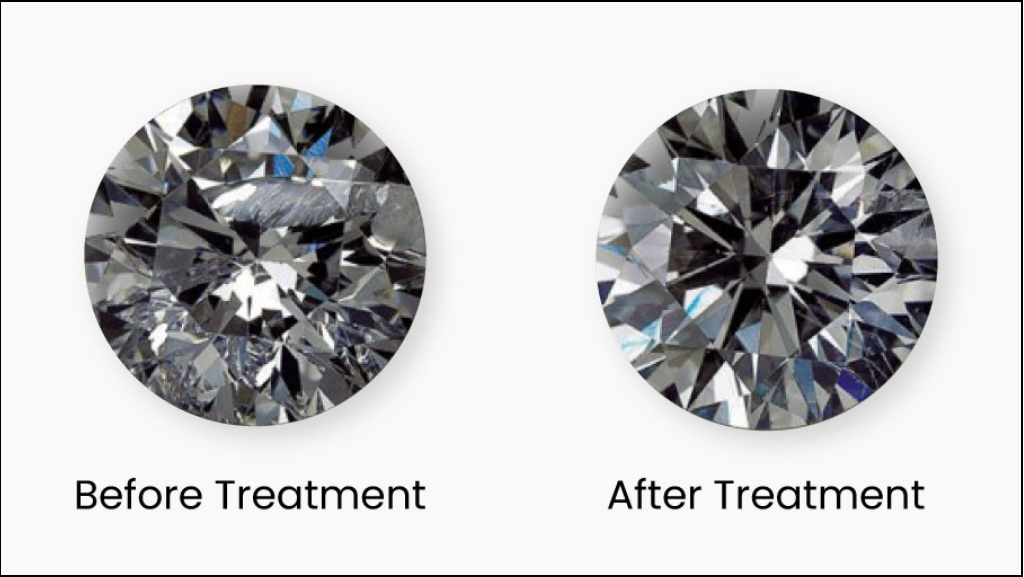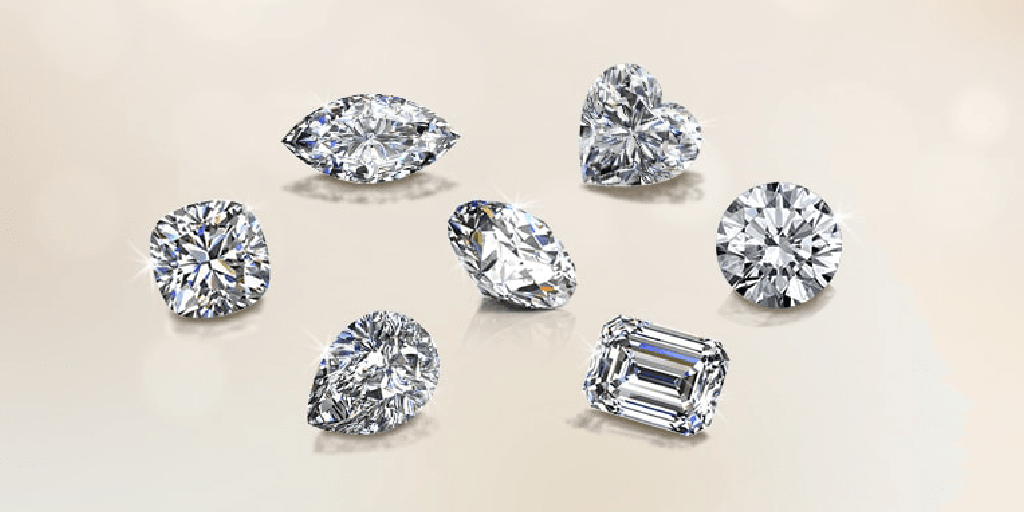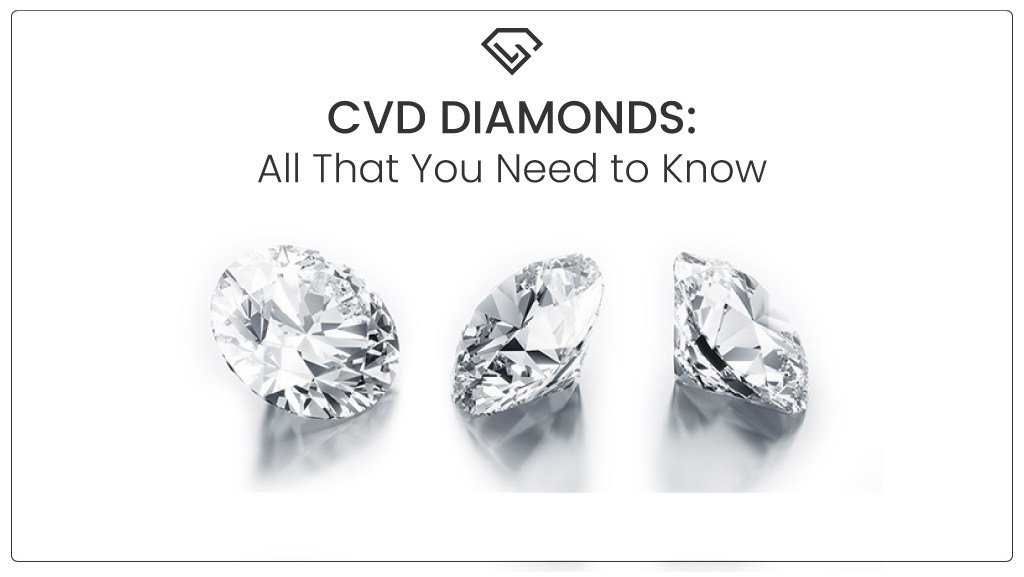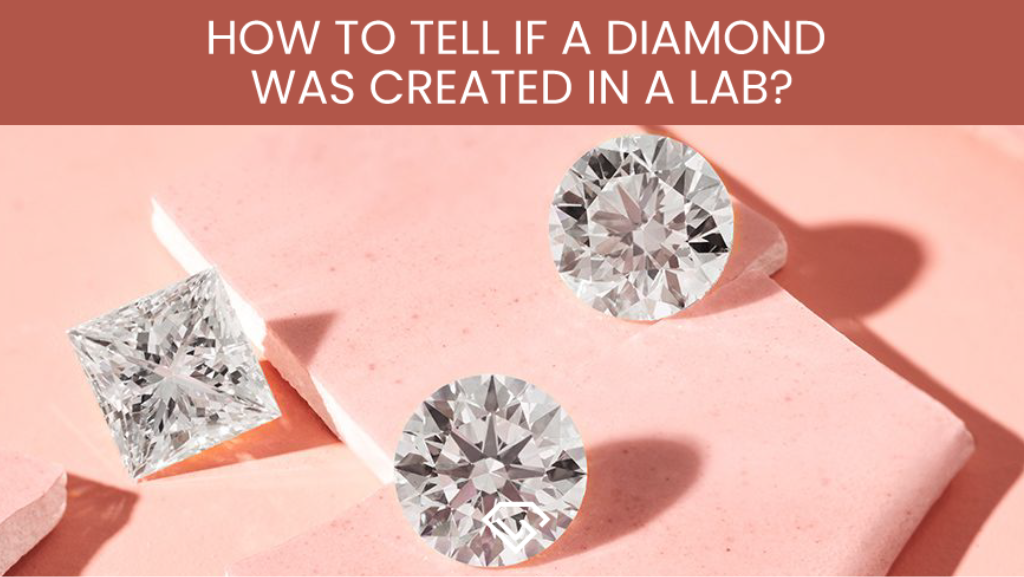Diamond Carat Comparison: A Visual Guide To Different Carats
Choosing the perfect engagement ring from a wide variety of options can be hard at first. Each aspect of a diamond holds a crucial role in the selection process of your perfect diamond. Each aspect of the diamond can be chosen once your purpose for the diamond is decided, and hence you can safely make your investment.
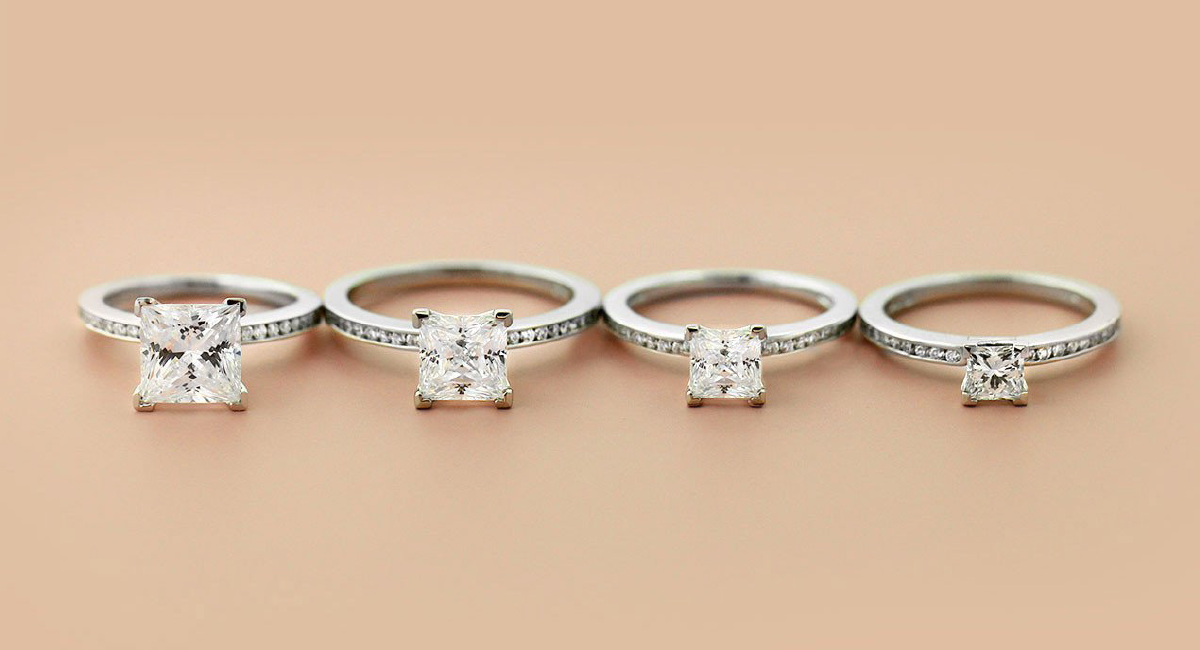
Such factors include budget, preferences regarding style, and the most important factor of all: the 4Cs of grading diamonds which are cut, clarity, color, and carat weight.
The carat weight is an important factor in making this decision. The other C’s also hold equal importance, but the carat weight is something that makes up an obvious statement when chosen.
Definition of a Carat
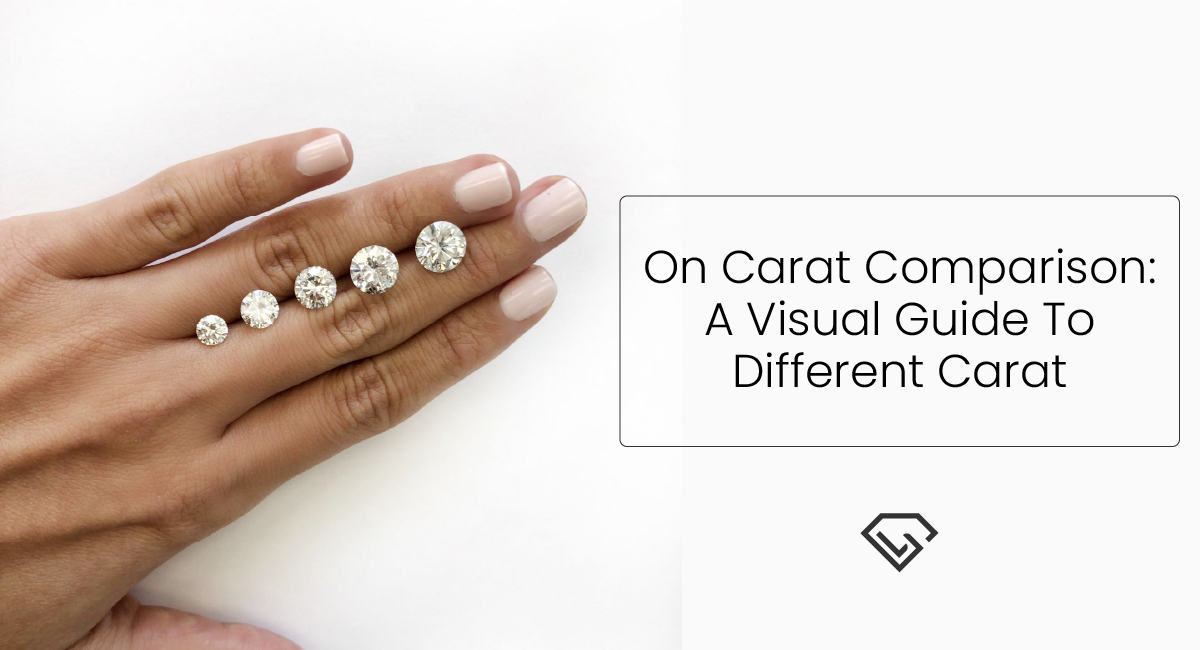
The standard unit of weighing a diamond is termed carat which was introduced in 1907. A carat is not the outer appearance of a diamond, but the weight of it. The weight of a diamond is determined by various factors like the cut, density, formulation, composition, etc.
Technically when seen, a carat of a diamond is known as 0.2 grams. This standard for the definition of a carat is exclusively used for gems, semi-precious stones and diamonds as a unit of weight measurement.
It’s also linked to dimension, but carat mass isn’t the same thing: 2 stones of the same form and diamond weight might seem drastically deviating significantly on the cut.
The Importance of Carats in Diamonds
The carat determines and influences the price of the diamond.While the carat of the diamond is very subjective, some people might prioritize it over other factors such as color, clarity, brilliance, etc.
Carat also doesn’t justify the weight or the appearance the diamond might have. Many people assume that a heavily weighted carat diamond might appear bigger and better. It isn’t true in most cases. The appearance depends on many factors of the diamond for saying the cut and arrangement.
Typically a diamond is weighed using a simple technique called the carat point system and most likely not heard by the general public. The weight of the diamond is referred to as having y-numbers of point or y point. For example, if a diamond is 90 pointer, it is just another way to refer to a .90 carat diamond.
What is the Carat Weight of a Diamond?
The carat weight of a diamond is not the visual appearance size of a diamond. It is a technical scale that determines the physical weight of the diamond.
A carat weight of a diamond is equal to 200 milligrams. When one states the weight of a diamond as 1 carat, the weight that should be considered is 0.2 grams. To extract one carat of diamond, the amount of rock that needs to be mined is way more than 1000 times of the diamond weight,
Some diamond cuts may make one diamond appear larger than another, even though both the diamond carats are the same. Hence, choosing the right cut for your carat size is also something you would like to consider.
How each carat weight appears on the outside will vary on multiple factors such as the shape and type of precious stone as can be observed through the example of a 1.00 ct round diamond which will measure up to 6.5mm whereas a round sapphire of the same carat weight will measure around 6.5mm.
This difference in size even though the carat weight is the same is due to the varying density of the gemstones.
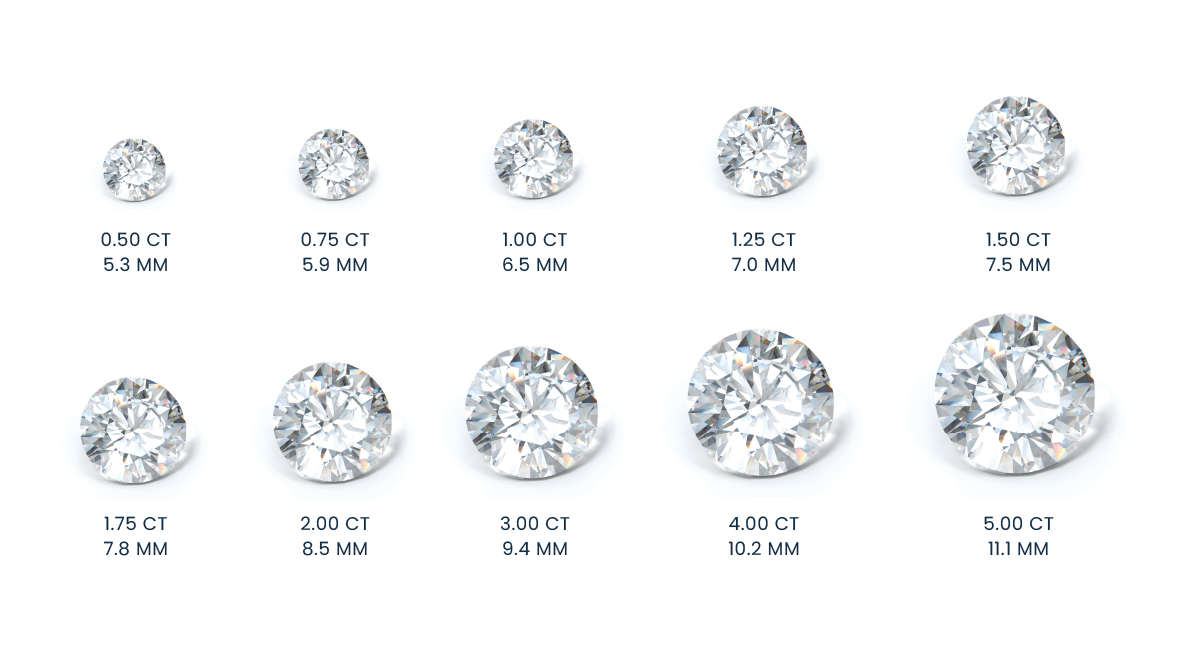
Another extension of the carat weight is the total carat weight (t.c.w) which is a unit used to represent the total weight of all the precious gemstones that are embedded in a piece of jewelry in cases wherein more than one gemstone has been used. Earring of the diamond solitaire kind generally uses this form of measurement which indicates the total weight of all the diamonds in both earrings.
Hence, although carat weight is an important aspect of every diamond’s identity, it must never be confused with the diamond’s visual size because a diamond of heavier carat weight does not translate to it having a bigger size. The other physical dimensions of a diamond such as the size are actually dependent on how the stone has been proportioned.
How Does the Carat Weight Impact Budget?
Customers with a fixed budget who cannot afford many variations generally have to sacrifice an aspect of the diamond if they wish to improve on another.
Amongst the 4Cs of the diamond, many people feel that carat weight matters more than the cut of a diamond. And they keep concentrating on getting their hands on the biggest-looking diamond that falls within their budget. However, most jewelers hold the opinion that the cut of a diamond should never be sacrificed for its size or carat weight.
It is observed that prices generally jump at every tenth decimal mark such as 0.40, 0.50, 0.60, etc, and a lot more significantly at the quarter marks such as 0.50, 0.75, 1.00, etc. Hence these are the sets of carat weights that customers with a tight budget should wander around to get the best buy at the lowest cost.
To help readers with this concept, customers can consider the case wherein a 0.90 ct diamond will have measurements of 6.20 mm x 6.20mm while a well-cut 1.00 ct stone will measure up at 6.50mm x 6.50mm. The customer can save up to 30% in price if they decide to select the former option because both the stones of the above-mentioned carat sizes are hardly distinguishable unless compared nearby.
However, customers who have their mindset on larger carat weight diamonds can always compromise a little on the clarity and color since grades of clarity that fall in the range of SI1–SI2 and grades of color in the range of G to I will not make much of a difference since these respective grades closely resemble a clear and colorless diamond.
Shape
Carat
Cut
Color
Clarity
Price
emerald
1.00
Ideal
H
SI1
$541 $406
View
emerald
0.50
Ideal
J
SI1
$1021 $766
View
emerald
0.90
Excellent
H
SI2
$607 $455
View
radiant
1.00
Ideal
G
SI1
$481 $361
View
emerald
0.92
Excellent
I
SI1
$704 $528
View
emerald
1.00
Ideal
G
SI1
$381 $286
View
emerald
1.00
Ideal
G
SI1
$381 $286
View
emerald
0.93
Ideal
G
SI1
$544 $408
View
emerald
1.00
Ideal
H
SI1
$541 $406
View
emerald
1.00
Ideal
H
SI1
$541 $406
View
emerald
1.00
Ideal
H
SI1
$541 $406
View
emerald
0.90
Excellent
H
SI1
$440 $330
View
emerald
1.00
Ideal
H
SI1
$541 $406
View
emerald
1.00
Ideal
H
SI1
$541 $406
View
emerald
1.00
Ideal
H
SI1
$541 $406
View
emerald
1.00
Ideal
H
SI1
$541 $406
View
emerald
1.00
Ideal
H
SI1
$541 $406
View
emerald
1.00
Ideal
H
SI1
$473 $355
View
emerald
1.00
Ideal
H
SI1
$473 $355
View
emerald
0.84
Excellent
G
SI1
$355 $266
View
Comparing Different Diamond Carat Sizes:
There is no fixed explanation or answer to the question of which diamond carat size is the best since this is a heavily varying factor for different people depending on their personal preferences. Carat weights that are considered too big or small by one may be the ideal size for another. A diamond carat comparison chart will help you understand the sizes smoothly, with dimensions in proportion to the fingers when seen from afar.
However, as an observer, it can be safely said that there is a particular carat size that is suitable for fingers of different sizes.
Since most finger sizes usually lie between US 4 and US 7, it is advised by jewelers to select a diamond falling in the range of 0.5 ct – 1.5 ct as they would complement these finger sizes the best.

Generally, diamonds of carat weight below 0.30 ct look small when compared to finger sizes, however, a halo setting is enough to amplify the size and add some additional brilliance to the engagement ring.
Customers who are attracted to larger carat weighted diamonds such as a diamond of 1.5 ct can make use of the solitaire setting for the ring since this setting will prevent an overbearing appearance that could be expressed by the large diamond of the ring on a finger.
If one prefers an overall brilliance, choosing smaller carat diamonds in a metal band and a single carat as the main diamond, can definitely do the trick.
A gradual sizing can be chosen, if one prefers a subtle design, wherein the center diamond is of a higher size and the diamonds on either side are slightly smaller or even half the carat of the main ring. Both these options are equally beautiful and trending.
These are only guides that will help you gain a fair idea of the market and its terms, so you can take your decisions mindfully. As a customer, one should be aware that knowledge is something best used at one’s disposal. Hence, it is recommended you take your personal preferences into consideration as that will determine the path of your purchase.
Shape
Carat
Cut
Color
Clarity
Price
round
0.91
Ideal
H
SI1
$605 $514
View
round
0.76
Excellent
G
SI2
$628 $534
View
emerald
1.00
Ideal
H
SI1
$541 $406
View
emerald
1.00
Ideal
H
SI1
$541 $406
View
emerald
1.00
Ideal
H
SI1
$541 $406
View
emerald
1.00
Ideal
H
SI1
$541 $406
View
round
0.90
Excellent
H
SI1
$498 $423
View
round
0.91
Ideal
H
SI1
$501 $426
View
emerald
1.00
Ideal
H
SI1
$473 $355
View
emerald
1.00
Ideal
H
SI1
$473 $355
View
oval
1.00
Ideal
G
SI1
$621 $466
View
emerald
0.90
Excellent
H
SI1
$440 $330
View
round
0.93
Ideal
H
SI1
$618 $525
View
oval
0.91
Ideal
G
SI2
$728 $546
View
round
0.96
Ideal
G
SI2
$675 $574
View
oval
0.90
Ideal
H
SI1
$808 $606
View
oval
0.96
Ideal
H
SI1
$857 $643
View
round
0.64
Ideal
G
SI1
$300 $255
View
emerald
0.84
Excellent
G
SI1
$355 $266
View
round
0.93
Excellent
I
SI1
$333 $283
View
Comparing Diamond Carat Sizes in Popular Diamond Shapes
To get the best idea about a diamond’s carat weight and size, customers must compare the point of difference and similarities regarding these aspects in different shapes of diamonds.
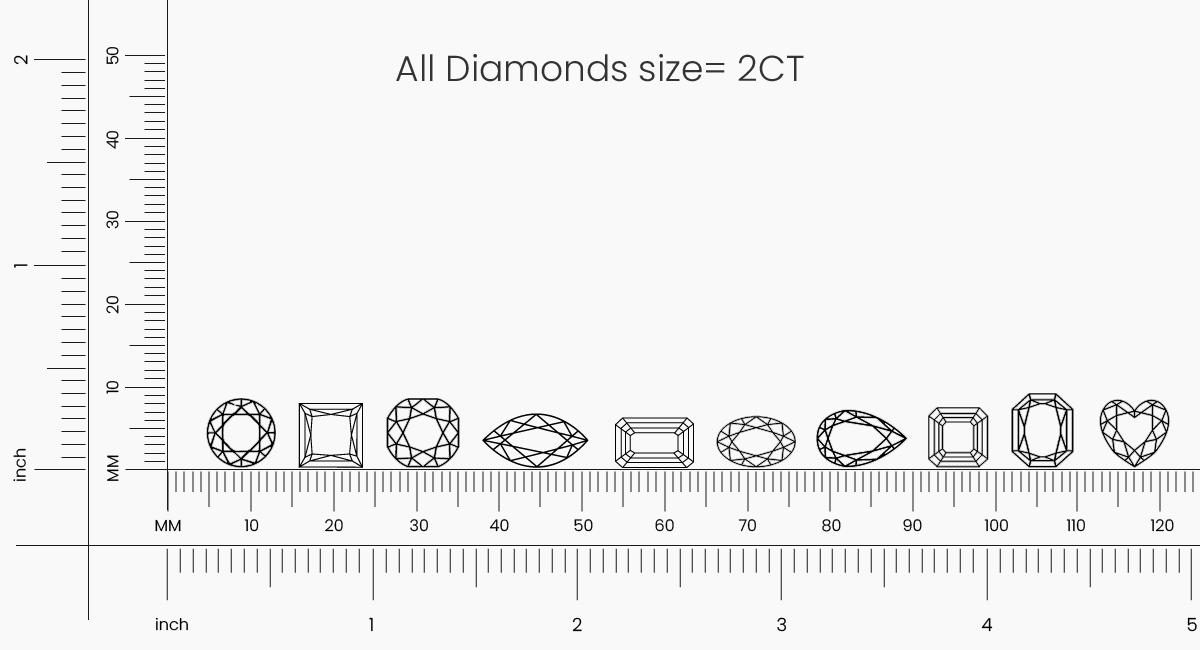
Cushion Cut Diamond
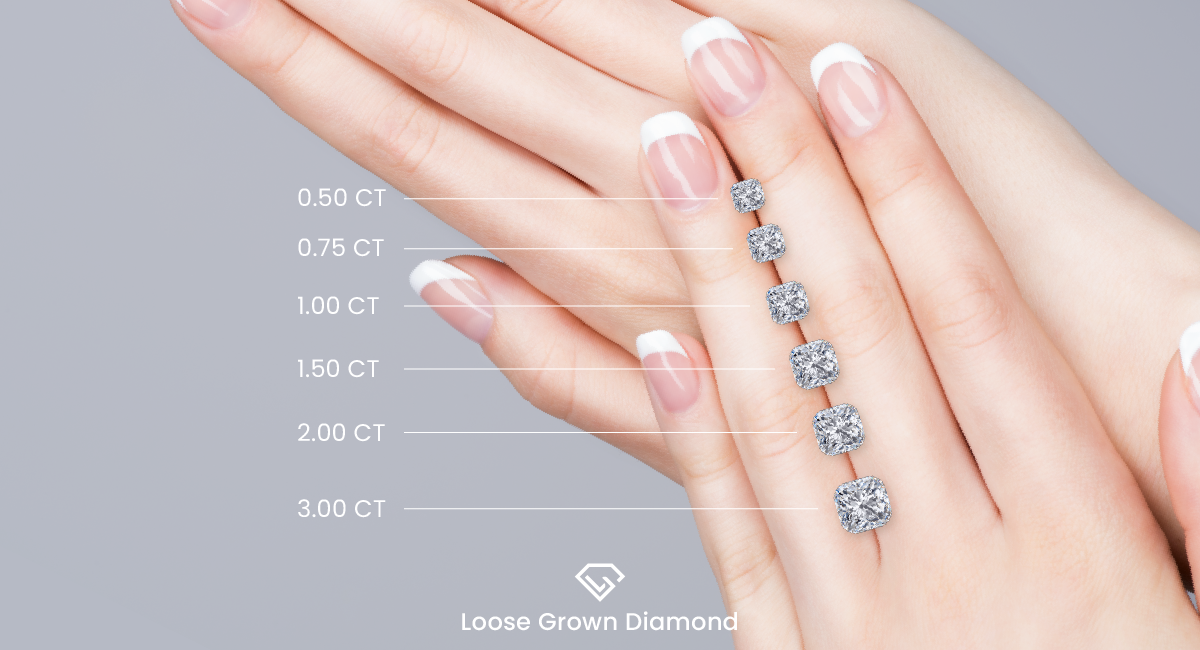
Showing similarities with the round brilliant cut, cushion diamonds are a beautiful choice for customers who wish to add a wide sparkle to their fingers. The lightly squared edges, however, tend to increase the carat weight of the diamond resulting in the nexus diamond appearing bigger.
One advantage of this shape is that it can make a smaller center stone look more substantial and beautiful than a round brilliant cut stone of the same size. Bands of either width of thin or thick will complement this shape well.
Emerald Cut Diamond
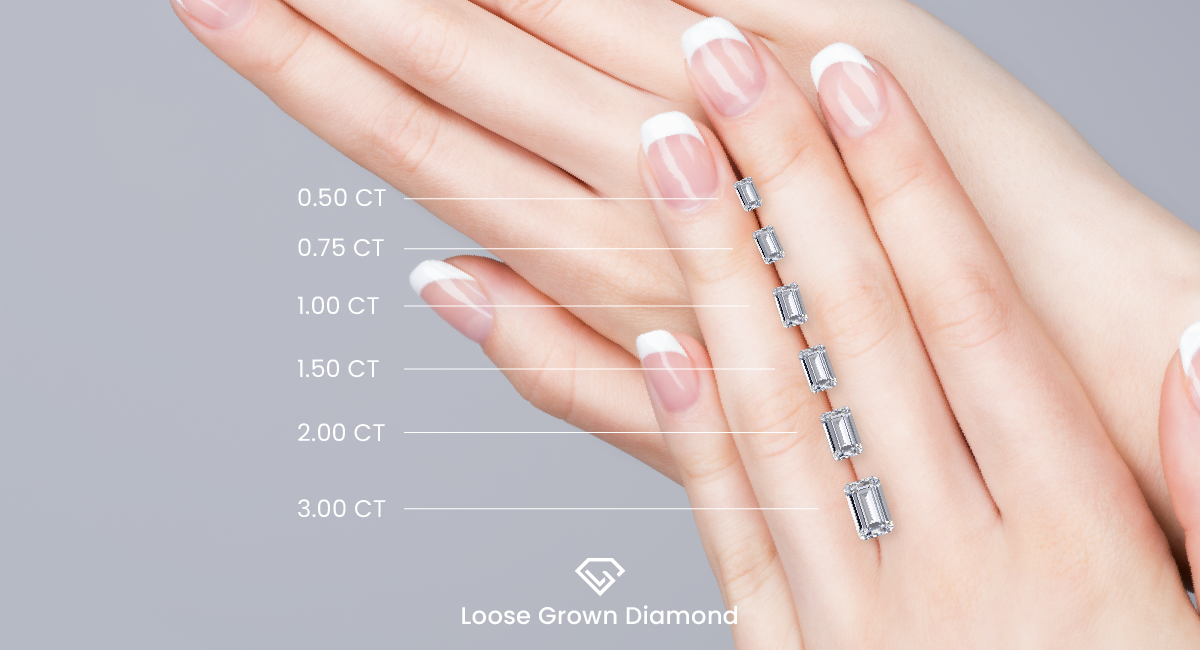
An emerald cut is one of the shapes that appears true to its carat weight. It has been noticed to complement bands of wider measurements along with the split shand bands or baguette diamond accents.
A vintage-style cut, the emerald-shaped diamonds are appealing to many women across the world, including the celebrities of Hollywood like Jennifer Lopez, Jennifer Lawrence, Beyonce, Amal Clooney, etc. who have been seen sporting this design on their fingers.
The rectangular shape of the emerald cut makes the fingers appear elongated. An emerald cut with its unique beauty makes it a favourite choice for vintage engagement designs. Any wearer can comfortably and gracefully adorn such a unique piece of diamond cut in an engagement ring.
The emerald cut sets itself apart from its fancy cut counterparts like the radiant diamonds, by presenting observers with a distinguished kind of beauty and impeccable clarity while providing engagement rings with a peculiar look.
An emerald cut diamond comparison chart will assist you optimally in choosing a size that might be the perfect size for your fingers and ring pattern.
Round Cut Diamond

One of the most classic and famous shapes, the round-shaped diamond is made to be placed on excellent and stunning engagement rings because of the sparkle and fire they exude. Solitaire engagement rings often use round shaped diamonds as the centerpiece because of the glittering brilliance that these diamonds offer.
However, these diamonds come under the category of expensive diamonds since a large amount of rough stone needs to be cut away to make this shape. Although customers who want this particular shaped diamond can save some money by opting for a smaller diamond that is combined with a halo of accent diamonds or a pave diamond band since these combinations will give the illusion of the round diamond being bigger.
A round diamond carat comparison carat shown above is your ideal friend to help you get the size that is a perfect fit for you. With each size diamond serving a different purpose, you can also carefully choose and compose diamonds to craft a unique pattern.
Oval Cut Diamond
Engagement rings of the oval shape are a highly popular choice for people since it appears to be inspired by the best qualities of a round brilliant cut diamond which are its sparkle and the elongated effect that other fancy-shaped diamonds provide. While selecting suitable oval diamond customers must focus on the stone’s length to width ratio along with the carat size.
Shopping Advice and Money Saving Tips before you buy a Diamond:
1. Select a Halo Configuration: Did you know that halo wedding rings give the appearance of a bigger center rock? A halo ring setting is a beautiful setting that will help you get a more brilliant shine at an affordable cost. Using the main diamond in the center and the smaller diamonds in the halo will only enhance the shine of the ring. Even with a small carat diamond at the center, the halo will make it appear larger than it is.
2. Select a Gemstone Created in a Laboratory: Lab-created diamonds are 40% cheaper than mined ones. While earth-mined gems have long been the preferred gemstone for wedding rings, lab-made diamonds have gained considerable attention and desire.
3. Remove the colorless parts: Would you like to acquire a colorless stone but don’t have a lot of money? Try a relatively close stone in the H to J range instead, which will save you a lot of money! When viewing a gem with your unaided eye, you won’t notice much of a change in color until you compare two separate colored diamonds beside each other.
4. Reduce your size: One can save hundreds or even thousands of bucks by choosing a stone that is somewhat less than your intended weighting factor. Furthermore, there is no discernible visual change. If you want a 2.0ct stone, for instance, a 1.91ct gemstone with identical specifications will probably cost cheaper.
If you wish to get an overall idea of your ideal diamond, head over to the diamond price calculator for a fair budget outline.
If you choose to buy lab diamonds, LGD provides the best set of diamonds in your chosen criteria and budget. We will help you carefully through this process of buying lab created diamonds so you can pick out your dream stone with ease. We will help to stick to your budget, but if you want to avail of a discount on the same you can use our promocode.
Shape
Carat
Cut
Color
Clarity
Price
oval
1.62
Ideal
H
VVS1
$706 $672
View
round
1.75
Excellent
I
I1
$535 $455
View
oval
1.71
Ideal
H
VS1
$980 $700
View
round
1.62
Very Good
K
I1
$511 $434
View
round
1.63
Very Good
I
I1
$506 $430
View
round
1.64
Excellent
J
I1
$511 $434
View
round
1.63
Ideal
H
I1
$506 $430
View
round
1.65
Excellent
J
I1
$512 $435
View
round
1.68
Excellent
J
I1
$521 $443
View
emerald
1.58
Ideal
H
SI1
$612 $459
View
round
1.72
Ideal
H
I1
$529 $450
View
emerald
1.72
Ideal
H
VS1
$819 $614
View
round
1.80
Ideal
I
I1
$548 $466
View
round
1.81
Very Good
K
I1
$559 $475
View
round
1.82
Excellent
I
I1
$553 $470
View
round
1.61
Ideal
J
VS2
$571 $485
View
emerald
1.52
Ideal
H
VS1
$663 $497
View
oval
2.00
Ideal
H
VS2
$997 $748
View
emerald
1.52
Excellent
H
SI2
$860 $645
View
round
1.62
Excellent
I
SI2
$559 $475
View
Conclusion
With all the distinct parameters that give a diamond its appearance, one must carefully choose the parameters that cater to their individual goal. Carat weight definitely turns out to be one of the most important and crucial factors that not only determines the beauty but also the cost of the diamond.
Despite all this, one can always craft their diamond in a way that makes it enhance the strengths of the diamond and also makes it appear more brilliant. A perfect stone is achieved when the setting is also thought through, and hence the journey of diamond jewelry and especially diamond engagement rings is considered precious. The effort is always worth it, as in the end the love stands strong and so does the diamond.
FAQs
1. What is a diamond carat?
A diamond carat is a technical scale that determines the weight of a diamond. 1 carat equals to 0.2 grams in weight.
2. What diamond carat is the best?
The best diamond carat is the carat that fits into your budget as you choose the diamond parameters that suit you best. But the most sought after diamonds are 1 carat diamonds.
3. What’s the difference between “carat weight” and “total carat weight”?
Carat weight refers to the individual carat weight of a diamond, whereas total carat weight refers to the carat weight of all the diamonds in the ring combined.
4. How does diamond size affect price?
The price of a diamond increases as the diamond size increases. The price is directly proportional to the diamond carat price.
5. Is it better to get a slightly smaller diamond with higher quality or a bigger diamond with lower quality?
Yes, most certainly. When one chooses a smaller diamond in higher quality, the brilliance of it will definitely outshine the latter diamond size.
6. How is diamond size measured?
The size of a diamond is measured in terms of carat weight. A diamond carat is the unit to determine a diamond’s size.
7. What is the size difference between 1 carat and 2 carat diamond?
As the size suggests, the size of the 2-carat diamond is larger than a one-carat diamond, but might not be directly visible as twice the size, since the whole volume is considered.
8. How much is a 0.5 carat diamond worth?
A 0.5 diamond carat can cost anywhere around $550 to $2000, depending on the 4Cs
9. Is 1 carat diamond too small?
1 carat diamond is a good size and not small at all. It is the most preferred choice of diamond carat.

